Currants: growing and caring for the garden

Currants are one of the most useful garden berries. It is rich in vitamins and beneficial microelements. The plant is unpretentious and hardy. And yet, to get a rich harvest, you need to know how plant currants, care for them, prepare them for winter. Having all the necessary information at your disposal, you can achieve excellent results.
Content:
Types of currants
Breeders have developed many species and subspecies of currants. Modern hybrids have improved characteristics: they are resistant to diseases and pests, and are capable of producing rich harvests.
Main types of currants:
- White
- Red
- Black
Each species, in turn, is divided into several more varieties with individual characteristics. The most whimsical of the presented species are black currant varieties.
Juicy black currant berries have a sweet and sour taste. Red currants are distinguished by their unpretentiousness and high yield. White currant It is also unpretentious, it belongs to late ripening varieties.
Correct fit
If you choose a good place for planting, the currant will grow and bear fruit in one place for about 15 years. This plant is suitable for non-shaded areas; if the bush is planted in the shade, the berries will be less sweet, which will also affect productivity.Currants love moisture; areas where there is long-term stagnation of water are suitable for it.
This means that groundwater should be located 1.5 meters from the surface of the earth. It is preferable to choose the autumn period for planting. It is necessary that the plant has time to take root before spring.
There are two types of currant seedlings:
- annuals - low, with a well-developed root system
- two-year-olds - have a more developed form
Experienced gardeners recommend choosing annual seedlings. When choosing seedlings, consider the following points:
- healthy appearance
- well developed fibrous root system
- wet roots
- flexible shoots of light gray color
- there are 2 or 4 shoots
For seedling You will need a planting hole, the width of which is 40 cm, and the depth is no more than 40 cm. The seedling is planted at an angle of 40 degrees, to a depth of about 8 cm. If the soil is sandy loam, you will need to put clay on the bottom. The thickness of the clay layer should be about 7 cm.
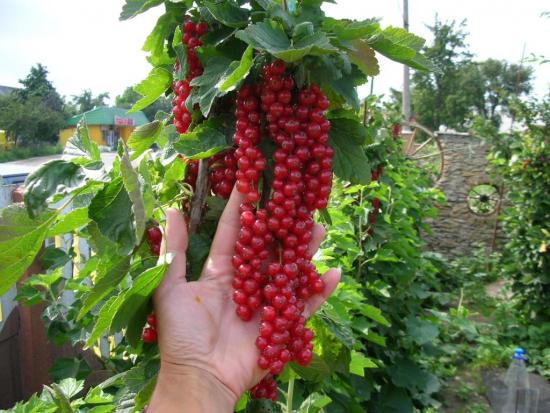
Soil is placed in the hole, which is pre-mixed with fertilizers. The procedure for planting a seedling is as follows:
- the seedling is placed in a prepared hole
- straightening the roots
- fill the soil, compact it
- watered
- mulch with manure or peat
If there are several bushes, you need to maintain a distance between them. Up to 1.25 meters between bushes and up to 2.5 meters between rows.
Currant care
Currants love moisture. Therefore, you need to ensure that the soil is always moist and loose. The soil will need to be loosened every three weeks. This is done carefully so as not to damage the roots; the optimal loosening depth is 6–8 cm. The plant care procedure includes the following steps:
- bushes need to be weeded periodically
- to retain moisture, the soil around the bush should be mulched
- currants must be watered (15 liters per bush), especially young seedlings; if there is a lack of moisture, the berries may fall off, and the berries that have not fallen off will be very small
- spring frosts will damage the plant and negatively affect the harvest, to avoid this, the day before frost the bushes are wrapped in cloth, film or paper, and containers of water are placed under them; for large areas, smoking by making a fire is suitable
- in order to prevent the branches from spreading on the ground, you should build a support for them; it can be made from improvised means
A special point in care is occupied by fertilizing. The plant requires organic and inorganic fertilizers. With properly organized care, currants will begin to bear fruit 5 years after planting.
Feeding and pruning
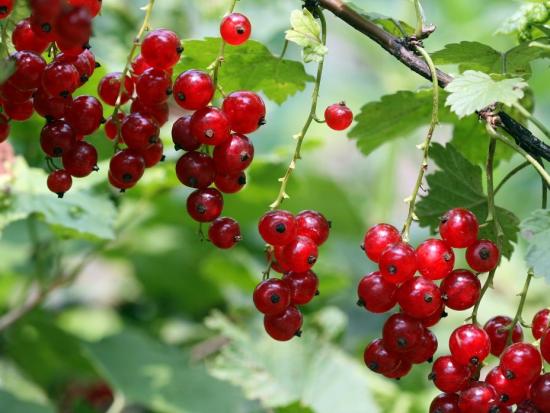
The first two years after planting, the currants do not need to be fed, since the fertilizer that was added to the hole during planting will be sufficient for it. From the third year, the plant needs to be fertilized annually.
Every year the following is added to the bush:
- compost (5 kg)
- superphosphate (20 g)
- potassium sulfate (20 g)
- Then soil loosen
In spring, the bushes begin to actively develop; to help them, root fertilizing is applied. To prepare it, manure is diluted - 1:8 or bird droppings - 1:10. They form grooves and pour fertilizer into them at the rate of 2 buckets per bush. Then the grooves are covered with earth and leveled. You can use ready-made fertilizers that are sold in stores.
Trimming
Currants need to be trimmed. The branches to be deleted are:
- sick
- broken
- old branches that are more than 5 years old
- intertwined
- damaged by insects
Removing weak and old branches will allow new healthy branches to grow in their place. Pruning affects the uniform formation of berries and their taste. Pruning is carried out in the spring, as soon as the snow has melted and the buds have not yet blossomed. Currants are susceptible to attack by the following pests: mites, aphids, powdery mildew. Currants must be protected from these insects and diseases.
Pest Control
Pests and diseases reduce productivity and can even destroy the plant. Most often, aphids infest currants. To eliminate it, the branches of the plant are treated with a soap solution. To eliminate parasites, you can prepare a solution from ash.
A bucket of water requires 300 grams of ash. In special cases, bushes are treated with “karbofos”.
It is not recommended to use chemicals on currants; this is done in rare cases. Kidney mite - this tiny insect penetrates the kidney and attacks it from the inside. Affected branches are cut and burned. With proper care of currants, a rich harvest of berries is guaranteed.
Video about proper planting and care of currants:

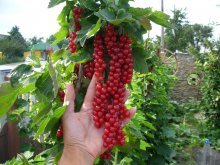
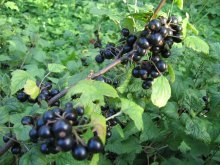
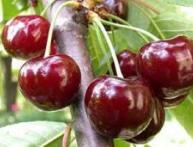
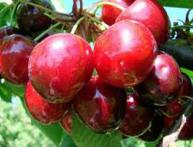
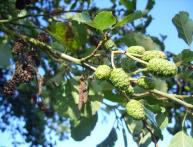
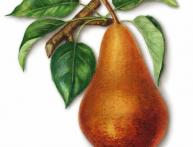
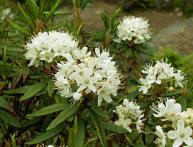
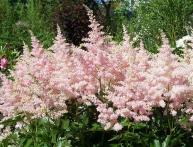
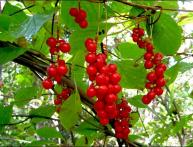
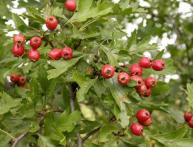
Comments
I always had large currants at my dacha, but that year it was a very hot summer and when it came time to pick the currants, it turned out that they were very small and there were very few of them. So, if possible, currants must be watered. Otherwise it will be of no use.